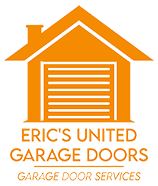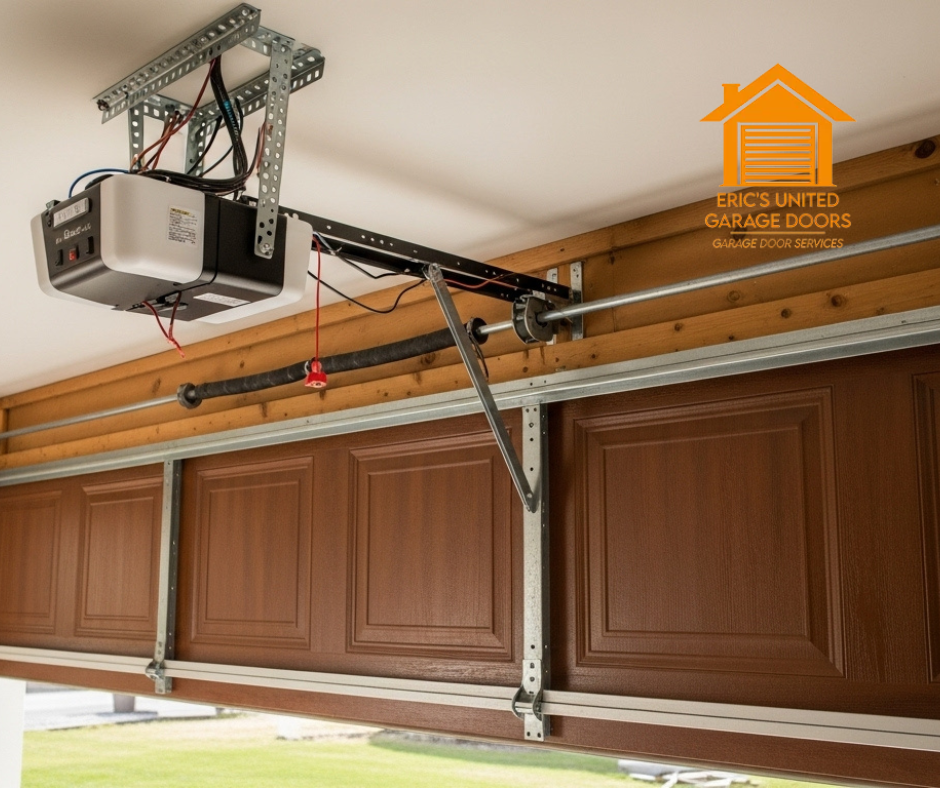When it comes to garage door installation (opener installation), selecting the right opener is just as important as the door itself. A reliable opener improves daily convenience, enhances safety, and even adds to your home’s value. But with so many options on the market—each offering different features, drive types, and smart capabilities—it’s easy to feel overwhelmed. This guide will help you narrow down the best choice for your needs and ensure your opener installation supports long-term performance.
Understanding the Basics of Garage Door Opener Types
Before diving into features and tech, it’s crucial to understand the different types of garage door openers. Each one uses a distinct drive mechanism, which affects performance, noise, and durability.
- Chain Drive: Uses a metal chain to pull or push the trolley. Reliable and affordable, but tends to be noisy—better suited for detached garages.
- Belt Drive: Operates like a chain drive but uses a rubber belt, offering quieter operation. Ideal for garages near living spaces.
- Screw Drive: Moves the door using a threaded steel rod. Fewer moving parts mean less maintenance, but they may be sensitive to temperature changes.
- Direct Drive: The motor itself moves along a stationary chain. Very quiet and durable, great for homes with attached garages.
Matching your garage door opener to your lifestyle is a key step in garage door installation (opener installation).
Consider the Size and Weight of Your Garage Door
Larger or heavier garage doors—like those made of solid wood or double-wide steel—require openers with more horsepower. For standard doors, a 1/2 HP motor may be enough. But for heavier doors or frequent use, you may want 3/4 HP or higher. Choosing the correct motor strength ensures smooth operation and reduces long-term wear.
Look for Smart Features and Safety Enhancements
Today’s garage door openers go far beyond basic lifting and lowering. Many models now include smart technology and integrated safety features:
- Wi-Fi Connectivity: Control and monitor your door from a smartphone app.
- Battery Backup: Keeps your opener functional during power outages.
- Rolling Code Technology: Prevents hacking by changing the access code after each use.
- Motion Detection Lights: Adds extra visibility when you enter the garage.
Incorporating these features during your garage door installation (opener installation) improves convenience and protects your home.
Noise Level and Location of the Garage
If your garage is attached to your home or located beneath bedrooms, noise is a major factor. Belt drive and direct drive systems are your quietest options, while chain drives can be noticeably louder. Consider your household’s layout when deciding on the best system for your garage door installation (opener installation).
Energy Efficiency and Lighting Options
Some garage door openers feature energy-saving modes and built-in LED lights. Energy-efficient models consume less power on standby, while bright, long-lasting lights improve nighttime visibility. These extras can make a real difference in overall user experience.
Professional Installation for Long-Term Success
No matter how advanced your opener is, the quality of the installation determines its performance and longevity. A professional installer ensures that the drive system is aligned, safety sensors are calibrated, and everything works in harmony. This is especially critical for newer systems with smart or wireless features.
Final Thoughts
Choosing the right opener isn’t just about lifting a door—it’s about enhancing daily function, improving safety, and making your garage more accessible. When you’re ready to start your garage door installation (opener installation), consider your needs, your garage layout, and the long-term value of smart features. With the right choice, your opener will serve you reliably for years to come.

